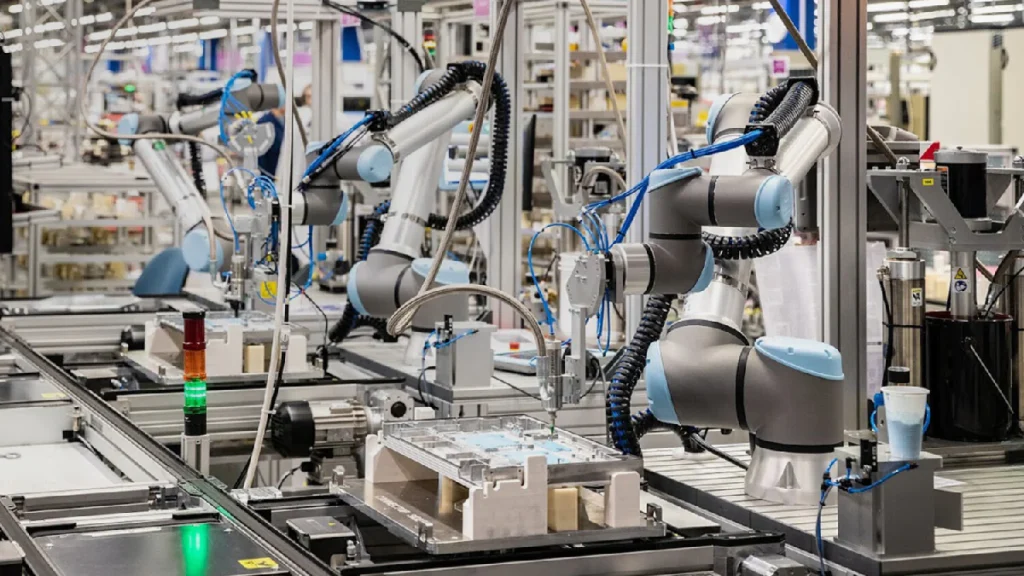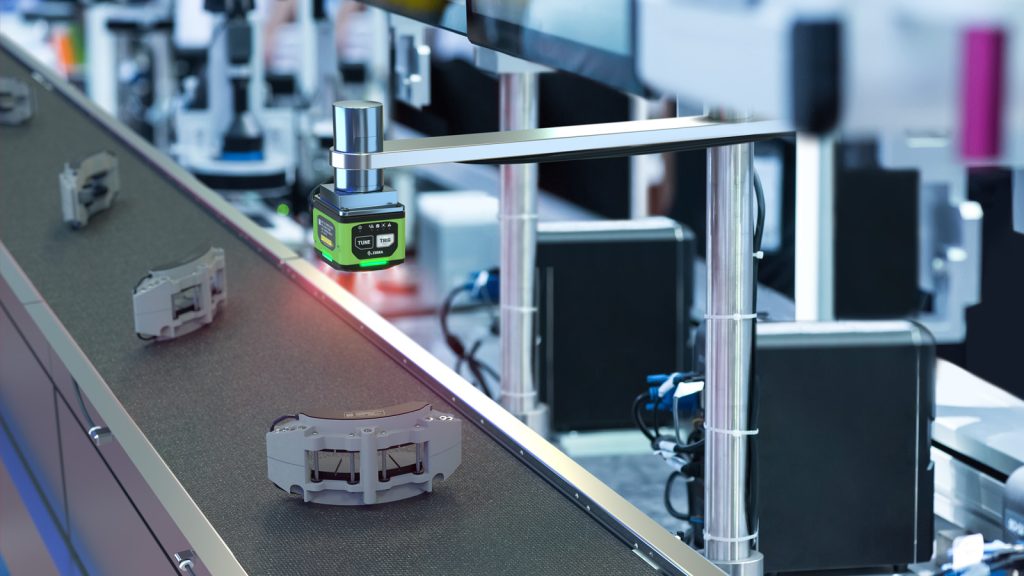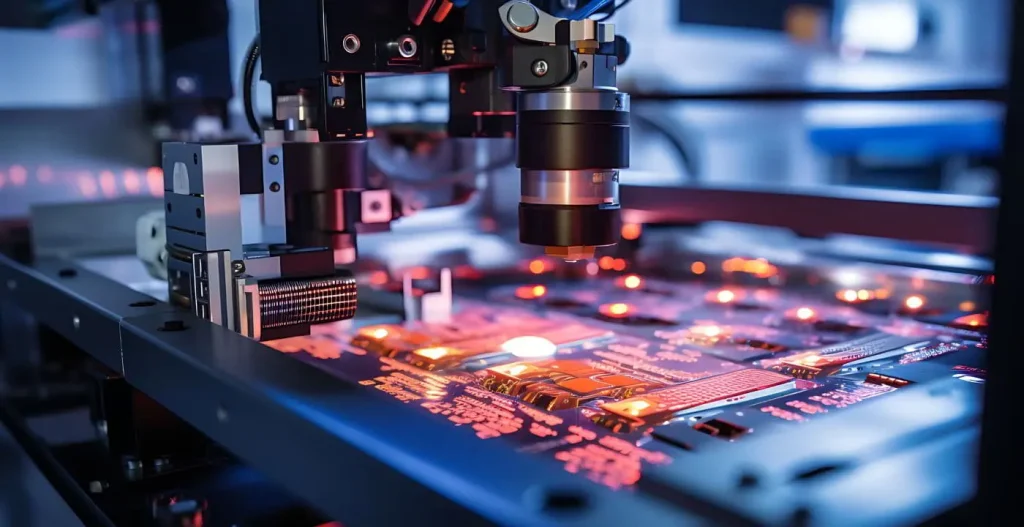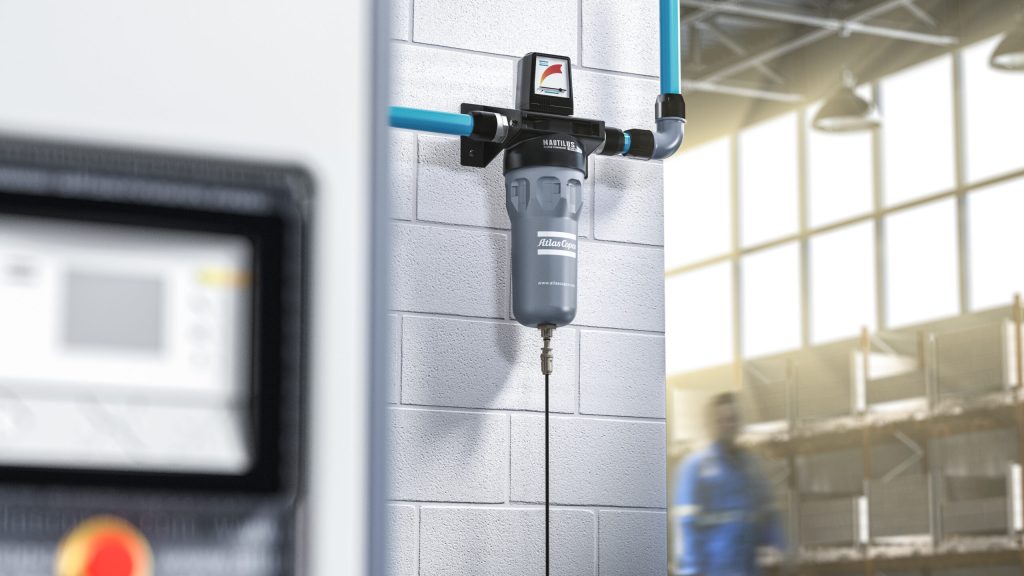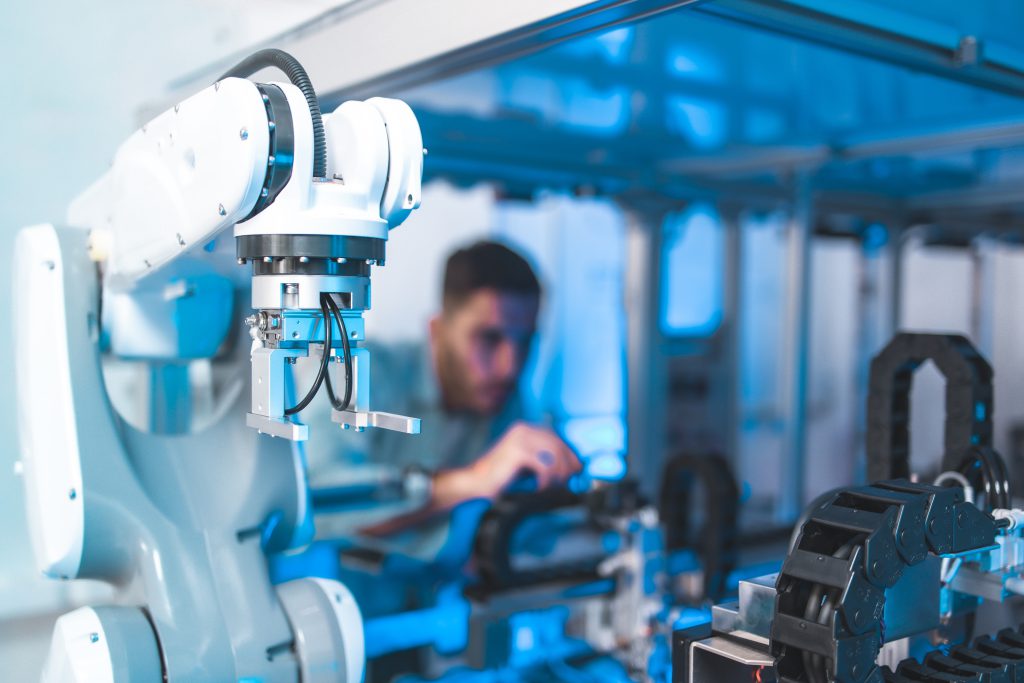Pneumatic grippers are crucial components in robotic automation systems, providing the ability to handle, manipulate, and transport various objects with precision and reliability. As robotics technology advances, so too do the capabilities and innovations in pneumatic grippers. At Pneumation.ca, we stay at the forefront of these advancements, understanding how they impact efficiency, versatility, and performance in automated systems. This article explores the latest advancements in pneumatic grippers for robotic automation, their benefits, applications, and future trends.
1. What Are Pneumatic Grippers?
- Definition and Purpose: Pneumatic grippers are devices that use compressed air to create a gripping force, enabling robots to grasp and manipulate objects. They are essential in applications ranging from assembly lines to packaging and material handling.
- Basic Operation: Pneumatic grippers operate by using pneumatic cylinders to move the gripper fingers or jaws, applying pressure to hold or release objects. The force and movement are controlled by the compressed air supplied to the gripper.
Example: In an automotive assembly line, pneumatic grippers might be used to pick up and place engine components with high precision.
2. Types of Pneumatic Grippers
- Two-Finger Grippers: These grippers have two opposing fingers that move towards each other to grasp objects. They are commonly used for handling cylindrical or flat objects.
- Three-Finger Grippers: Featuring three fingers arranged in a triangular pattern, these grippers provide better stability and are ideal for handling irregularly shaped objects.
- Parallel Grippers: These grippers have jaws that move parallel to each other, providing consistent gripping force and precision. They are suitable for applications requiring accurate and repeatable movements.
- Angular Grippers: These grippers have jaws that move in an angular motion, allowing them to handle objects at various angles. They are useful in applications where objects need to be rotated or tilted.
Example: A three-finger gripper might be used in a packaging application to handle a variety of box sizes and shapes, while a parallel gripper might be used for precise placement of electronic components.
3. Recent Advancements in Pneumatic Grippers
- Enhanced Force Control: Modern pneumatic grippers feature advanced force control capabilities, allowing for precise adjustments in gripping force. This is achieved through improved sensor technologies and advanced control systems.
- Integration with Smart Technologies: Pneumatic grippers are increasingly integrated with smart technologies, such as sensors and IoT connectivity. This enables real-time monitoring, diagnostics, and adaptive control based on feedback.
- Modular and Customizable Designs: Advances in design have led to more modular and customizable pneumatic grippers. These can be tailored to specific applications and easily adapted to changing needs.
Example: An advanced pneumatic gripper equipped with force sensors can automatically adjust its gripping force based on the weight and shape of the object, enhancing precision and reducing the risk of damage.
4. Benefits of Modern Pneumatic Grippers
- Improved Precision and Accuracy: Advances in gripper technology result in higher precision and accuracy, essential for tasks requiring exact placement and handling.
- Increased Flexibility: Modern grippers offer greater flexibility in handling a wide range of objects and adapting to different applications. This versatility enhances the efficiency of robotic systems.
- Enhanced Reliability: New technologies improve the reliability and durability of pneumatic grippers, reducing downtime and maintenance needs.
Example: A flexible pneumatic gripper with adjustable jaws can handle various sizes of components in an assembly line, improving overall production efficiency.
5. Applications of Advanced Pneumatic Grippers
- Manufacturing and Assembly: Pneumatic grippers are widely used in manufacturing and assembly processes, where they handle components, assemble products, and ensure precise operations.
- Packaging and Sorting: In packaging and sorting applications, pneumatic grippers are used to pick up, place, and sort products with speed and accuracy.
- Material Handling: Pneumatic grippers facilitate the movement and manipulation of materials in warehouses, distribution centers, and production facilities.
Example: In a high-speed packaging line, advanced pneumatic grippers are used to quickly and accurately place products into packaging, enhancing throughput and reducing labor costs.
6. Future Trends in Pneumatic Grippers
- Integration with Artificial Intelligence: Future advancements may see pneumatic grippers integrated with AI algorithms, enabling more intelligent decision-making and adaptive control based on complex data inputs.
- Development of Lightweight Materials: The use of lightweight and durable materials in gripper construction will enhance their performance and efficiency, especially in high-speed applications.
- Enhanced Energy Efficiency: Advances in energy-efficient technologies will lead to more sustainable pneumatic grippers, reducing energy consumption and operational costs.
Example: AI-powered pneumatic grippers could autonomously adjust their gripping strategies based on real-time data, improving efficiency in dynamic production environments.
7. Best Practices for Implementing Pneumatic Grippers
- Select the Right Gripper Type: Choose a gripper type that matches your specific application requirements, including the shape, size, and material of the objects being handled.
- Proper Installation and Calibration: Ensure that pneumatic grippers are installed correctly and calibrated for optimal performance. This includes adjusting force settings and aligning gripper jaws.
- Regular Maintenance: Perform regular maintenance to keep pneumatic grippers in good working condition. This includes checking for wear, leaks, and ensuring proper lubrication.
Example: For a pneumatic gripper used in a high-precision assembly task, regularly calibrate the gripper and check the alignment to ensure accurate handling and placement of components.
Advancements in pneumatic grippers are transforming robotic automation by enhancing precision, flexibility, and reliability. By understanding the latest technologies, benefits, and best practices, you can leverage pneumatic grippers to optimize your automation systems and stay ahead in the competitive industrial landscape. At Pneumation.ca, we are committed to providing cutting-edge pneumatic grippers and expert support to meet your automation needs. For more information or assistance with pneumatic grippers, contact us today.

